Best Sportbike of 2015

Best Sportbike of the Year: BMW S1000RR
First off, we’re going to assume you’ve read our three-part 2015 Superbike Shootout series, because, really, shame on you if you haven’t (but if you really aren’t caught up, here are the track, street and overall results).
Anyway, in case you haven’t noticed by now, 2015 will go down as the year of the superbike. There were so many new entries, all boasting levels of performance and technology only previously seen on MotoGP bikes. But at the end of the day, and the end of our testing, two machines stood out above the rest, their point totals separated by less than a whisker: The BMW S1000RR and Aprilia RSV4 RF. However, by way of (narrowly) winning our street and overall testing, we’re giving our 2015 Sportbike of the Year to the S1000RR.
Though this S1kRR might look similar to previous iterations, it’s basically an all-new bike. It would take all the space we have to fully go through all the changes, so instead it’s best to look over Tom’s First Ride Review and Sean’s Second Ride Review to see exactly what’s changed between now and yesteryear.
The reason we love the BMW is simple: it’s frighteningly fast if you want it to be yet incredibly tame if you’re not in the mood to reach warp speed. Our test bike made 10 more ponies than the HP4 we tested in 2013, has a broader spread of torque, and shed nearly 9 lbs. over the outgoing model. In stock form our test bike put 183 horses to the ground – and we’re not talking Shetland horses, either – these thoroughbreds are bred from the ilk of American Pharoah. Despite the incredible amount of power on tap, its chassis is more than capable of handling that power, allowing its pilot to consistently place the bike wherever they want; leaving a darkie on corner exit is optional.
Of course, we can’t talk about the S1000RR and not mention its electronic suite. All the basics are there, including a revised traction control system, launch control and Race ABS, but we were eager to try the Gearshift Assistant Pro, which allows for clutchless shifts in both directions, and an improved version of the Dynamic Damping Control first seen on the HP4. Both systems were a real treat; the electronic suspension providing a perfect ride all around Laguna and on every type of public road, while Gearshift Assistant Pro has us excited about the future of quick gear changes.
Even though today’s crop of superbikes is becoming ever more track-oriented, the BMW surprises again with its civility on the street. We generally agreed with the S1000RR’s relatively accommodating seating position and ergonomic triangle. Plus, there’s no denying having optional cruise control is a godsend should you be forced to slog it on the freeway.
There’s no other way to put it, the BMW S1000RR is a weapon. One that checks all the right buttons when it comes to the sheer pursuit of achieving the fastest lap times possible. Somehow, BMW also made it an agreeable street companion to boot. Base models start at $15,500, with $18,945 getting one like our tester. When it comes to a high-performance machine that adeptly handles both street and track, BMW has found the perfect recipe for the sportbike class.
Honorable Mention: Aprilia RSV4 RF
Depending who you ask, even among the MO staff, the Aprilia RSV4 RF could easily occupy the top spot in this category instead of being the bridesmaid. Alas, as the heavily updated Aprilia narrowly lost to the BMW in our combined testing, it’s only fair that it narrowly misses out on Sportbike of the Year honors. Still, that’s no knock on the wonderful Italian Stallion, as it tugged on our collective heart strings harder than any other model in our tests.
A significant bump in horsepower finally solved the biggest issue we’ve had with the RSV4 in the past, and it was a welcome treat both on track and on the street. If you want to know how Aprilia achieved it, be sure to check out Duke’s First Ride Review. The power bump is noticeable from the saddle, and its delivery is buttery smooth. Best of all, though, is the beautiful symphony the V-Four engine produces when you ask it to sing. We’re convinced that whenever someone twists the throttle of an RSV4, an angel gets its wings.
The love affair with the Aprilia doesn’t end there. When a manufacturer increases horsepower, it’s a genuine concern that the chassis might become inadequate for the job. This is not the case here, and we’re all the better for it, as we’ve long admired the RSV4’s chassis. Narrow, nimble and precise, the BMW S1000RR above paints in broad strokes compared to the pin-striping the RSV leaves on the racetrack.
Of course, the RSV4 doesn’t lack in the electronics department, either. All the usual suspects are there: traction control, wheelie control, launch control, etc., but one feature we’re absolutely astounded by is the V4-MP that connects with your smartphone. Among its many features is its ability to use the phone’s GPS to locate where you are on track. With it, the rider can adjust the level of traction control they want for each individual corner! That’s the kind of tech only previously seen in the MotoGP paddock.
The RSV’s street manners are no less charming than its behavior on track, with many editors even claiming it a comfy ride on the freeway, despite its relatively diminutive dimensions. So, after establishing all the highlights of the $21,999 Aprilia, you might wonder why it comes up in second place. We said it before in our three-part Superbike test, but it’s worth repeating again. The BMW can do almost everything the Aprilia can, nearly as well, but for cheaper. In a class this tight, every little bit counts. And so, we’re obligated to giving the Aprilia RSV4 RF Sportbike of the Year Honorable Mention, but we wouldn’t fault you if it’s your winner.
As far as value per dollar is concerned, we think you’d be hard pressed to beat the lower-spec RSV4 RR. We have yet to ride it, but it features nearly all the upgrades as the RF, minus the forged wheels and Ohlins suspension. In our experience riding Aprilia’s previous base-version RSV4s, the heavier cast wheels don’t hinder the bike’s agility too much, and the less-sophisticated suspension is still plenty good. Best of all, at $15,649, it undercuts almost all of the Japanese competition in the price department.
You know, maybe we could instead call the Aprilia co-Sportbike of the Year?
Motorcycle.com Best of 2015 Categories

Troy's been riding motorcycles and writing about them since 2006, getting his start at Rider Magazine. From there, he moved to Sport Rider Magazine before finally landing at Motorcycle.com in 2011. A lifelong gearhead who didn't fully immerse himself in motorcycles until his teenage years, Troy's interests have always been in technology, performance, and going fast. Naturally, racing was the perfect avenue to combine all three. Troy has been racing nearly as long as he's been riding and has competed at the AMA national level. He's also won multiple club races throughout the country, culminating in a Utah Sport Bike Association championship in 2011. He has been invited as a guest instructor for the Yamaha Champions Riding School, and when he's not out riding, he's either wrenching on bikes or watching MotoGP.
More by Troy Siahaan



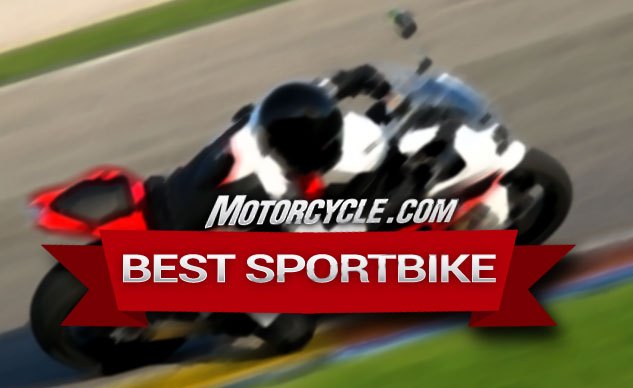










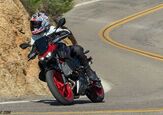


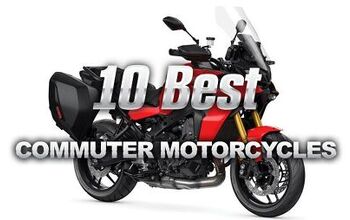



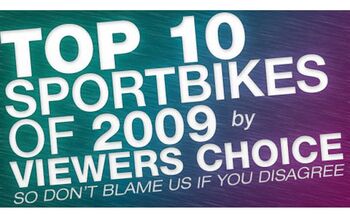
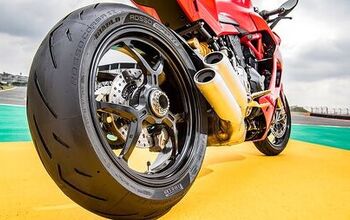
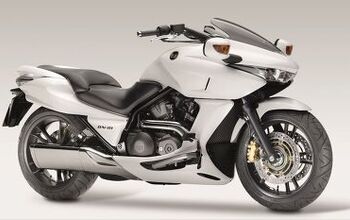
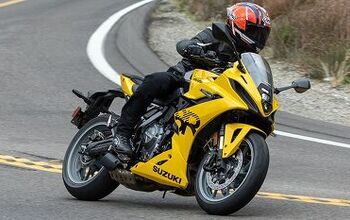


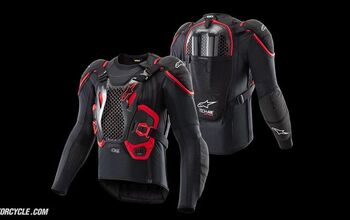

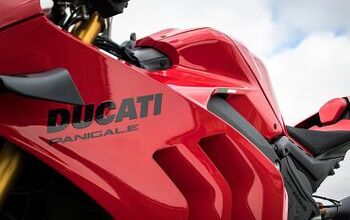
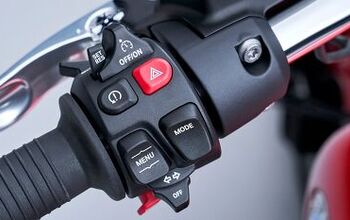


Comments
Join the conversation
Ah, you MOrons, you! Just as I finally pay off my $$$ 2011 Ducati 1198SP, you dangle the RSV4-RF before me with hints of sonic bliss and handling nirvana. Curses!
In baseball, a tie goes to the runner. In motorcycling, a (virtual) tie goes to the bike with the better local dealer and dealer network. In my neck of the woods, the BMW dealer wins easily.